Can Low-Cost Flexible LED Displays Support High-Resolution Video Playback?
The evolution of LED technology has transformed visual communication. Flexible LED displays provide new opportunities for creative installations, architectural designs, and digital signage. Their adaptability allows displays to curve, wrap, and integrate seamlessly into diverse environments. However, a key question arises: can low-cost flexible LED displays support high-resolution video playback without compromising performance?
Traditionally, high-resolution LED screens demanded significant investment. Expensive materials, precise manufacturing, and robust electronic systems ensured clarity and color fidelity. In contrast, low-cost flexible options aim to reduce entry barriers. They promise affordability, flexibility, and ease of deployment. Yet, these advantages raise concerns about video quality, refresh rate, and durability. Understanding whether these displays can match high-resolution demands requires a careful examination of their technology, construction, and practical application.
This article explores the capabilities of low-cost flexible LED displays, analyzing their design, performance, and market positioning. It highlights opportunities, limitations, and strategies for achieving reliable high-resolution playback, providing insights for brands, architects, and technology integrators.
1. Technology Behind Flexible LED Displays
Flexible LED displays rely on modular architecture and advanced circuitry. Their core components include surface-mounted LEDs, thin PCBs, and flexible substrates. These elements allow bending and shaping while maintaining connectivity across modules.
Low-cost variants use less expensive materials and simplified manufacturing processes. While cost-efficient, this can influence pixel density, color accuracy, and thermal management. Nevertheless, modern engineering techniques mitigate many limitations. Innovations in lightweight adhesives, flexible connectors, and compact driver ICs enable reliable performance even at lower budgets.
Moreover, flexible LED screens adopt modular designs. Individual panels can connect seamlessly, forming continuous displays. This modularity allows scaling resolution according to content requirements. Consequently, brands can achieve large-format installations without investing in high-end single-piece displays. Modular architecture ensures serviceability, as damaged panels can be replaced individually, enhancing long-term value.
Transitioning from technology to application, it becomes evident that low-cost flexible displays offer a compromise between affordability and high-resolution playback. The next sections examine specific performance aspects in detail.
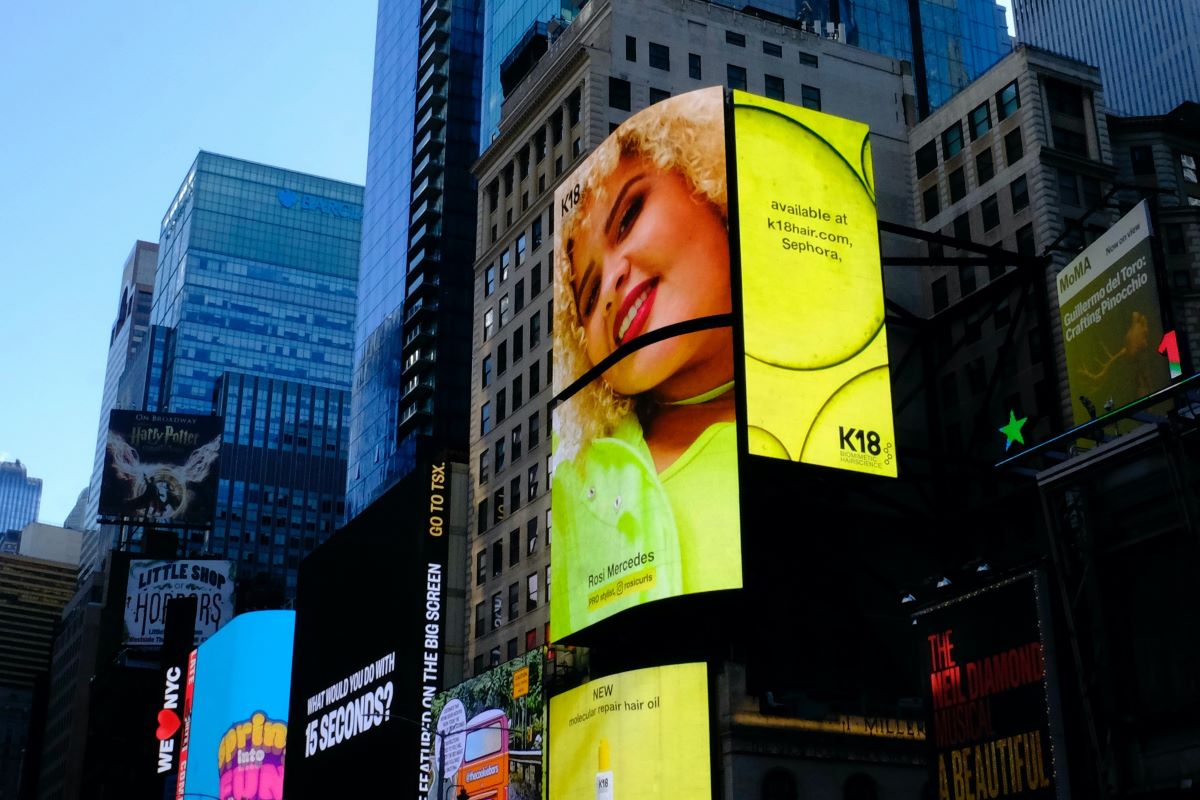
2. Pixel Density and Resolution Considerations
High-resolution video playback depends primarily on pixel density. Dense arrangements of small LEDs ensure sharper images, better color representation, and smooth gradients. Low-cost flexible LED displays often feature lower pixel densities than premium models.
However, strategic deployment mitigates this limitation. For installations viewed from greater distances, the reduced pixel pitch remains visually acceptable. Indoor and mid-range digital signage benefit from this balance. Moreover, advances in miniaturized LEDs allow even affordable flexible panels to reach higher pixel densities than previous generations.
It is also essential to consider content optimization. High-resolution video requires effective scaling, compression, and color calibration. Low-cost flexible LED displays can support 4K content if manufacturers optimize driver ICs, refresh rates, and signal processing. Consequently, resolution capability depends not only on physical hardware but also on software integration and content adaptation.
In practice, performance evaluation should combine pixel density, viewing distance, and refresh rate. Even cost-effective displays can produce impressive results when aligned with these parameters, proving that affordability need not compromise visual quality.
3. Refresh Rate and Video Playback Smoothness
Another critical factor in video performance is refresh rate. Smooth motion rendering requires high-frequency updates to prevent flickering, ghosting, or motion blur. Low-cost flexible LED displays historically suffered from limited refresh rates due to simplified driver circuitry.
Recent innovations have improved these specifications significantly. Modern panels achieve refresh rates exceeding 1920 Hz, enabling smooth video playback even in dynamic applications. This development is crucial for commercial and artistic installations where motion clarity impacts engagement.
Furthermore, synchronization across multiple panels is essential. Modular setups demand precise timing between segments to prevent artifacts or misalignment. Manufacturers have introduced software-driven calibration tools and integrated controllers, allowing low-cost, flexible LED displays to maintain consistent video quality across large surfaces.
Thus, with proper engineering and installation practices, affordability does not automatically equate to poor video playback. Attention to refresh rate, signal integrity, and controller design ensures acceptable high-resolution performance.
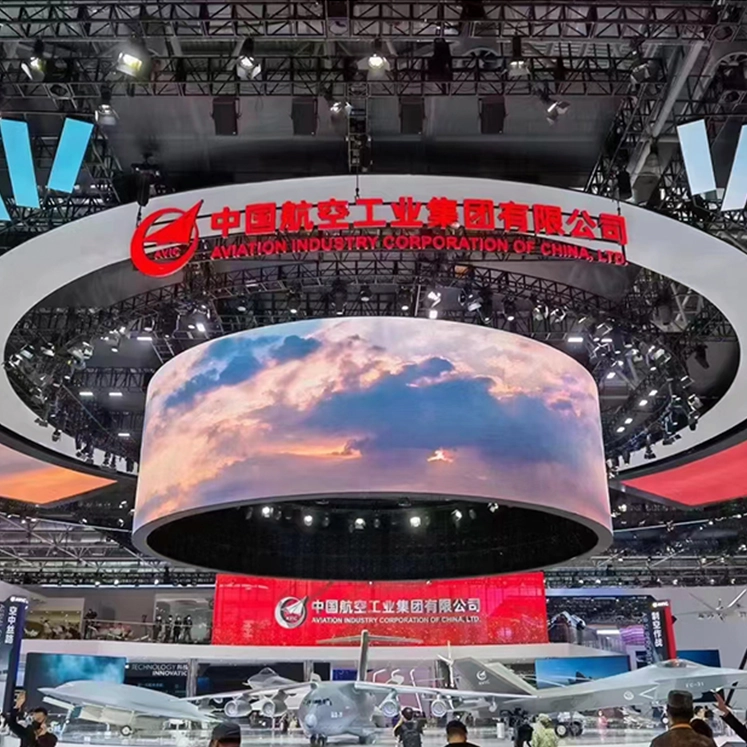 4. Color Accuracy and Visual Consistency
4. Color Accuracy and Visual Consistency
Color fidelity is a core expectation for high-resolution video playback. Audiences demand vibrant yet realistic imagery, especially in commercial or immersive environments. Low-cost flexible LED displays may have limited color calibration at the factory stage.
However, professional calibration tools and onboard processors enable significant improvement. By adjusting brightness, gamma, and color temperature, integrators can achieve a consistent visual output. Moreover, modular architecture allows individual panel correction, addressing slight deviations without affecting the overall image.
Over time, LED materials have become more consistent in emission spectrum, enhancing natural color reproduction. Manufacturers of affordable flexible panels increasingly adopt these materials, providing higher reliability in display applications. Consequently, color accuracy no longer represents a fundamental limitation for low-cost solutions, although meticulous installation and maintenance remain critical.
5. Thermal Management and Longevity
Heat dissipation influences both video playback quality and the lifespan of flexible LED displays. Compact, low-cost panels often lack extensive thermal solutions compared to premium models. Ineffective heat management may reduce brightness, induce color shifts, and accelerate material fatigue.
Innovative designs incorporate passive and active cooling solutions. Thin aluminum backplanes, ventilated enclosures, and optimized PCB layouts facilitate heat transfer, preventing overheating during extended use. Moreover, modularity allows distributed heat loads across multiple panels, reducing stress on individual components.
Longevity and reliability directly impact the feasibility of high-resolution video playback. Consistent brightness and color output are necessary for professional installations. Therefore, even low-cost flexible LED displays must address thermal challenges to support demanding video content.
6. Practical Applications and Real-World Performance
Low-cost flexible LED displays have found applications in retail, exhibitions, entertainment, and architectural projects. Curved walls, cylindrical installations, and creative structures benefit from their adaptability.
High-resolution video is achievable in these settings when installation considers pixel pitch, viewing distance, and content optimization. For example, retail windows require bright, dynamic visuals that attract attention, while large-scale architectural façades prioritize distance-view clarity. In both scenarios, modular low-cost panels deliver effective results without exceeding budget constraints.
Case studies highlight successful deployments where affordability, flexibility, and high-resolution playback coexist. Proper calibration, content management, and environmental considerations ensure visual excellence, proving that cost-effective options can support sophisticated display requirements.
7. Cost-Performance Tradeoffs and Strategic Selection
Despite improvements, low-cost flexible LED displays remain a compromise between investment and performance. Integrators must evaluate key metrics: pixel density, refresh rate, color fidelity, brightness, and thermal design.
Strategic selection requires understanding the installation context. Indoor environments with moderate viewing distances often benefit most from low-cost flexible solutions. Conversely, premium high-resolution requirements for cinematic or ultra-close applications may demand higher-end panels.
This approach emphasizes intelligent deployment rather than blind cost reduction. When selected thoughtfully, low-cost flexible LED displays offer strong performance in appropriate scenarios, enabling brands and designers to achieve impactful results within budget constraints.
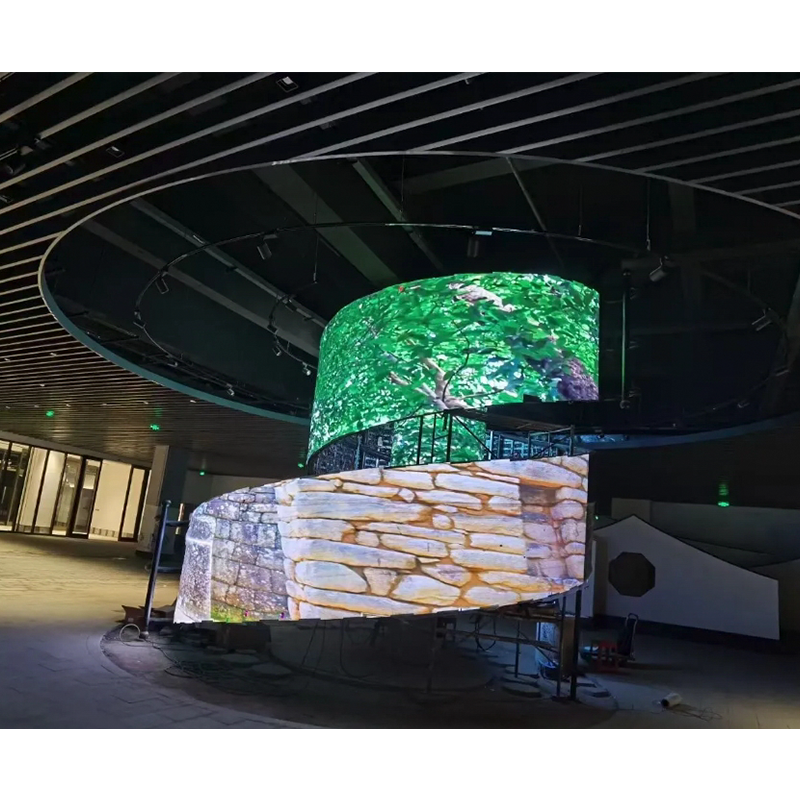 8. Future Trends: Bridging Affordability and High Performance
8. Future Trends: Bridging Affordability and High Performance
The LED display industry continues to evolve rapidly. Material science, miniaturization, and signal processing advancements narrow the performance gap between low-cost and premium displays. Flexible substrates improve, driver ICs become more efficient, and software algorithms optimize playback dynamically.
In the near future, even budget-friendly flexible LED displays may routinely support 4K and higher video resolutions. Integration with AI-driven content adaptation, automated calibration, and cloud-based control further enhances performance. Consequently, affordability will no longer limit visual fidelity or installation creativity.
This trend underscores the strategic potential of low-cost flexible LED displays. Businesses and integrators can adopt innovative display solutions without sacrificing quality, supporting immersive environments, interactive marketing, and creative architectural designs.
Conclusion: Evaluating Capability Beyond Cost
Low-cost flexible LED displays have matured significantly. They now support high-resolution video playback when deployed strategically. By considering pixel density, refresh rate, color accuracy, thermal management, and installation context, integrators achieve compelling visual performance.
Affordability no longer implies compromise. Modular architecture, modern materials, and calibration techniques ensure that low-cost flexible LED displays meet professional standards. For architects, retailers, and event designers, this technology represents an accessible path to creativity and immersive experiences.
Ultimately, high-resolution video playback is not solely a function of cost. It requires holistic attention to engineering, content, and installation. Low-cost flexible LED displays, when applied thoughtfully, deliver remarkable results, bridging innovation, flexibility, and visual excellence.




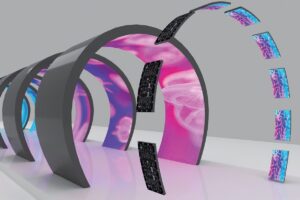
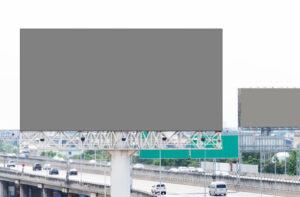


Leave a reply